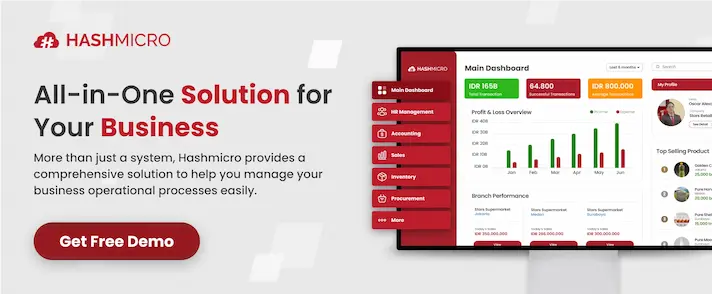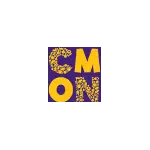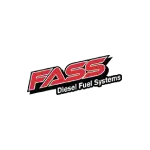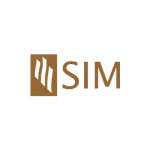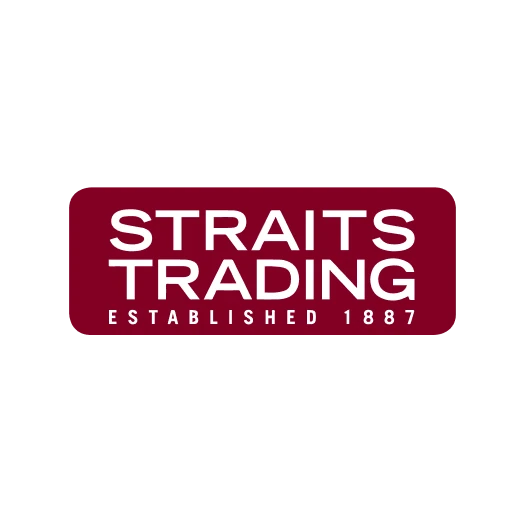Manual asset maintenance can be time-consuming and prone to errors, especially as a business expands. A Computerized Maintenance Management System (CMMS) helps streamline these tasks by automating scheduling, tracking, and reporting processes.
According to Grand View Research, the global CMMS market is expected to reach USD 2.41 billion by 2030, with a compound annual growth rate (CAGR) of 11.1% from 2025 to 2030. This growth reflects the increasing demand for automated maintenance solutions as businesses prioritize efficiency.
As a trusted solution, HashMicro’s Asset Management System offers a fully integrated CMMS platform. It enables businesses to automate maintenance scheduling, manage spare parts inventory, and monitor asset conditions all in one centralized system.
So, what exactly is a CMMS, and how does it benefit your organization? Let’s explore its definition, key features, and the value it can bring to your business operations.
Key Takeaways
|
What is a CMMS System?
A Computerized Maintenance Management System (CMMS) is a software solution designed to simplify and automate maintenance operations within an organization. It allows companies to plan, track, and optimize the maintenance of physical assets such as machinery, equipment, vehicles, and facilities.
At its core, a CMMS helps maintenance teams schedule preventive maintenance, record work orders, and ensure compliance with safety standards. All data is stored in a centralized digital system, making it easy to access historical records and generate real-time reports.
CMMS systems are widely used across various industries, including manufacturing, construction, logistics, and healthcare, in any sector that relies heavily on assets to run its daily operations.
By reducing downtime and extending asset life cycles, CMMS contributes to increased efficiency and cost savings.
How Does the CMMS System Work?
A CMMS system simplifies maintenance operations through a digital, step-by-step workflow. Here’s how it typically works:
1. Asset data entry
All assets, such as machinery, vehicles, and equipment, are registered in the system. Each record includes details like location, model, condition, and maintenance history, which serve as the basis for tracking performance and scheduling service.
2. Work order management
Maintenance tasks are created as digital work orders. These include task descriptions, deadlines, assigned personnel, and priority levels. The system ensures that everyone involved knows what needs to be done, by whom, and when.
3. Task execution and updates
Technicians receive and complete tasks using a desktop or mobile device. After finishing, they input real-time updates, such as time spent, parts used, and any follow-up actions needed. This keeps records accurate and up to date.
4. Automated scheduling and alerts
CMMS automatically generates preventive maintenance schedules based on time, usage, or asset condition. It sends alerts for upcoming or overdue tasks, helping reduce the risk of unplanned downtime.
5. Reporting and insights
All data is stored in a centralized platform and can be analyzed through built-in dashboards and reports. This helps managers monitor asset performance, track costs, and make informed decisions to improve maintenance efficiency.
What are the Benefits of a CMMS?
Implementing a CMMS brings a wide range of benefits for companies that rely on physical assets and equipment. Here are the key advantages:
1. Reduced equipment downtime
By automating preventive maintenance and alerting teams to upcoming tasks, CMMS helps reduce unexpected breakdowns. This keeps equipment running smoothly and minimizes operational interruptions.
2. Improved maintenance efficiency
Maintenance teams can access digital work orders, track progress in real time, and avoid duplicate tasks. This leads to faster response times, better task coordination, and increased technician productivity.
3. Centralized asset management
A CMMS stores all asset-related information in one place, making it easy to track performance, maintenance history, and repair costs. This improves visibility and simplifies audits or inspections.
4. Cost control and budget accuracy
With accurate data on maintenance frequency, spare part usage, and labor time, managers can better forecast budgets and identify cost-saving opportunities.
5. Regulatory compliance and safety
CMMS helps ensure that maintenance tasks are completed according to industry standards and safety regulations. This reduces the risk of accidents, non-compliance fines, or insurance issues.
EAM vs. CMMS
CMMS (Computerized Maintenance Management System) is a tool designed to manage and improve maintenance activities. Its core focus is on scheduling work orders, tracking asset repairs, and reducing equipment downtime.
EAM (Enterprise Asset Management) includes all the capabilities of a CMMS but goes beyond day-to-day maintenance. It manages the entire asset lifecycle, from acquisition, operation, and maintenance to disposal.
In essence, CMMS is ideal for companies that need to improve maintenance efficiency. At the same time, EAM is more suitable for larger organizations that require long-term asset planning, cost tracking, and strategic decision-making.
Many businesses start with CMMS and scale up to EAM as their operations grow more complex.
How Can a CMMS System Help Your Business?
A CMMS program helps businesses streamline maintenance operations, reduce downtime, and improve asset reliability. By automating preventive maintenance, it ensures equipment is serviced on time minimizing breakdowns and extending asset lifespan.
Maintenance teams can also manage work orders, track spare parts, and maintain accurate records more efficiently.
Beyond maintenance, a CMMS offers real-time insights into asset performance, costs, and technician productivity. This enables better decision-making, smarter resource allocation, and long-term planning based on actual data.
For companies seeking a practical and integrated solution, HashMicro’s Asset Management System provides a powerful CMMS platform. It allows businesses to automate scheduling, monitor asset conditions, and manage inventory all within a centralized system tailored to industry needs.
Conclusion
A Computerized Maintenance Management System (CMMS) is a powerful tool that helps businesses manage, monitor, and optimize maintenance activities through a centralized digital platform. It plays a crucial role in minimizing downtime, improving asset lifespan, and increasing operational efficiency.
As maintenance becomes more complex and asset-reliant industries grow, the importance of having a reliable CMMS continues to rise. It not only improves maintenance workflows but also supports better decision-making through real-time data and reporting.
To help businesses unlock these benefits, HashMicro’s Asset Management System offers a comprehensive CMMS solution tailored to various industries. With automated scheduling, real-time monitoring, and seamless integration, it empowers your team to manage assets more efficiently and effectively.
Get started today by requesting a free demo and see how HashMicro can transform your maintenance operations.
FAQ About CMMS
-
What is the difference between ERP and CMMS?
Although ERP systems include basic maintenance functions like work order handling and inventory control, their primary focus is on overall business operations. In contrast, CMMS is specifically designed to optimize and manage asset performance throughout the organization.
-
What are two types of CMMS?
CMMS solutions come in two forms: on-premise and cloud-based. The choice between them can greatly influence your business operations. To stay competitive, business owners need to adopt systems that enhance efficiency.
-
What is the difference between CMDB and CMMS?
Organizations use a CMDB to record details about their hardware and software assets. However, as discussed in this article, CMDBs are limited to basic network data and lack the advanced capabilities offered by a fully integrated CMMS.


